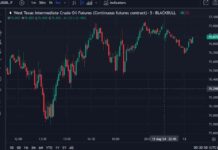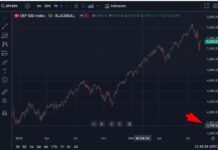The latest consultation paper released by Iosco has sent ripples through the financial world, sparking discussions and concerns about the future of pre-hedging practices, particularly those involving request-for-quotes (RFQs). This document, akin to tea leaves or runes, has market participants on edge as they analyze its contents for potential insights into forthcoming regulatory changes.
Unpacking Iosco’s Consultation Paper
Iosco, the global standard-setter in the financial industry, has recently unveiled a consultation paper that delves into the contentious issue of pre-hedging. For those unfamiliar with the term, pre-hedging refers to the practice of executing trades to offset potential risks before a client transaction is finalized. While this strategy is commonly used by market participants to manage their exposure, concerns have been raised about its impact on market integrity and transparency.
The crux of the matter lies in the potential tightening of rules surrounding pre-hedging, especially in the context of RFQs. Request-for-quotes are a common method used in over-the-counter (OTC) markets where dealers provide pricing to clients based on their request. However, there are growing apprehensions that stricter regulations on pre-hedging could significantly impact the way these trades are executed, leading to a ripple effect across the financial landscape.
Expert Insights and Market Reactions
As news of Iosco’s consultation paper spreads, industry experts and market participants are weighing in on the potential implications of tighter regulations on pre-hedging. Dealers, in particular, have expressed concerns about the impact such restrictions could have on their ability to effectively manage risk and provide liquidity to clients. The fear is that increased regulatory scrutiny could hinder market-making activities and reduce the efficiency of price discovery in OTC markets.
In light of these developments, it is essential for market players to stay informed and engaged with the regulatory landscape to navigate potential changes effectively. While the future of pre-hedging remains uncertain, proactive measures can be taken to adapt to evolving regulatory requirements and ensure compliance with industry standards. By staying abreast of developments and actively participating in the consultation process, market participants can help shape the future of pre-hedging practices and uphold market integrity.
In conclusion, the consultation paper released by Iosco has sparked a much-needed conversation about the role of pre-hedging in today’s financial markets. As industry stakeholders grapple with the implications of potential regulatory changes, it is crucial to approach these discussions with an open mind and a willingness to collaborate towards a common goal of maintaining market stability and transparency. By working together to address concerns and find viable solutions, market participants can navigate the evolving regulatory landscape and uphold the integrity of the financial system.

















